A problem in my textbook gives this task:
A solution is given as:
I tried to work this problem using a different method. I simply calculated the areas of the triangles as if the height of the triangles was A^2. This gives me this result:
I was confused by why these answers should be different. I rearranged the first integral from the given solution into 1/2 * base * height form to see what triangle they are using. It's this:
In other words, if they calculated it with triangles, the base of each triangle is squared as well. Why should the base of the triangle be different? Shouldn't the value of the function simply be squared for each point in time?
